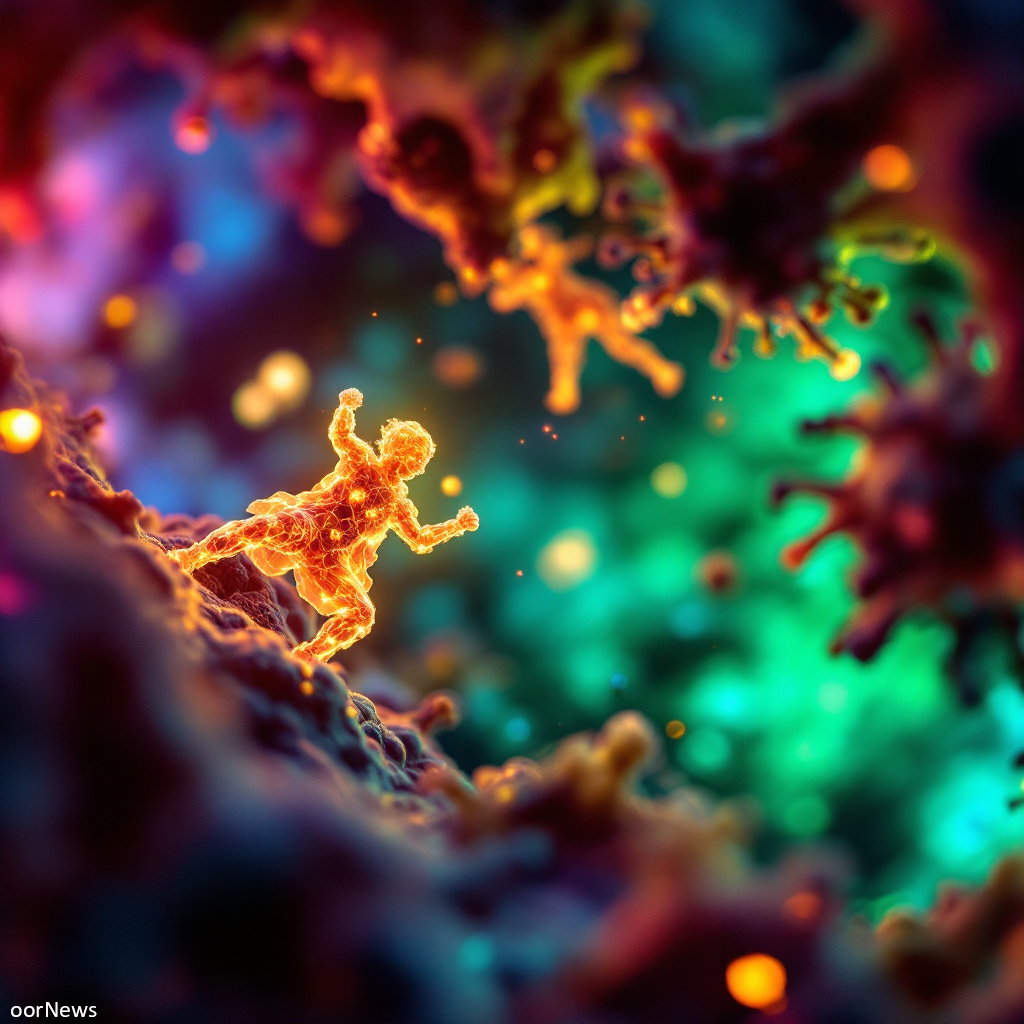Your cart is currently empty!

Hidden Heroes: New Discoveries Unveil Cellular Defenders Against Viruses

Hidden Heroes: New Discoveries Unveil Cellular Defenders Against Viruses
A groundbreaking study from the MRC-University of Glasgow Centre for Virus Research has unveiled how certain human cells can act like superheroes in the fight against viral infections. This research, conducted in collaboration with the Rosalind Franklin Institute and published in Molecular Cell, reveals the remarkable ability of specific proteins to shift their roles in response to viral threats.
The study sheds light on a group of proteins, known as U2 snRNPs, which typically reside in the cell nucleus. These proteins play a vital role in the creation of new proteins but show a different side when danger approaches. Upon detecting a viral invasion, they migrate to the cytoplasm—an area within the cell—where they become active defenders against the intruder.
The research team discovered that these proteins can effectively form barriers, preventing viruses from multiplying and spreading. As Dr. Wael Kamel, the principal investigator, explained, the action of these cellular guardians is akin to large boulders blocking a road; they create a molecular bottleneck that disrupts viral replication.
In lab settings, the researchers infected cells with mosquito-borne viruses, including the Sindbis virus and the cardiomyopathy-inducing coxsackievirus B3. The response of the U2 snRNPs was consistent across these different viral threats, suggesting a wide range of antiviral activity inherent in this cellular mechanism.
Professor Alfredo Castello, the senior author, remarked that the study highlights an intrinsic cellular ability to slow down virus infection. This delay provides crucial time for additional antiviral processes, such as the production of interferon, to take effect. There is hope that understanding this mechanism will lead to innovative therapeutic strategies against various viruses.
The timing of this discovery coincides with global recognition of RNA’s role in cancer and viral research, following the recent Nobel Prize awarded for miRNA discoveries. It emphasizes the importance of exploring host-virus interactions, paving the way for novel antiviral therapies and deepening our understanding of biology’s most intricate battles.
Published findings illustrate not only the complexity of viral infections but also the potential of manipulating these cellular mechanisms for therapeutic benefit. As the fight against viruses continues, these newly identified cellular heroes stand ready, offering hope for more effective treatments in the future.